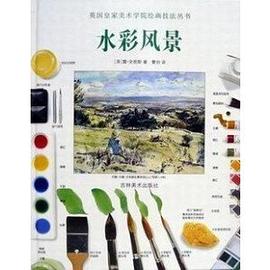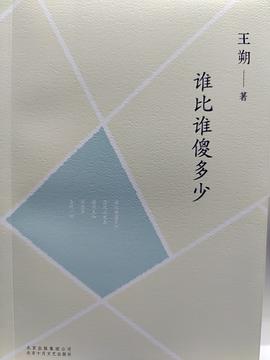Scythe and the City
内容简介
The issue of death has loomed large in Chinese cities in the modern era. Throughout the Republican period, Shanghai swallowed up lives by the thousands. Exposed bodies strewn around in public spaces were a threat to social order as well as to public health. In a place where every group had its own beliefs and set of death and funeral practices, how did they adapt to a modern, urbanized environment? How did the interactions of social organizations and state authorities manage these new ways of thinking and acting?
Recent historiography has almost completely ignored the ways in which death created such immense social change in China. Now, Scythe and the City corrects this problem. Christian Henriot's pioneering and original study of Shanghai between 1865 and 1965 offers new insights into this crucial aspect of modern society in a global commercial hub and guides readers through this tumultuous era that radically redefined the Chinese relationship with death.
......(更多)
作者简介
Christian Henriot is Professor of Modern History at Aix-Marseille University and the author of numerous books on modern Chinese history, including Prostitution and Sexuality in Shanghai: A Social History, 1849–1949 (2001). He is also Project Director of Virtual Shanghai (virtualshanghai.net).
......(更多)
目录
Introduction
1 Scythe and the City: The Measure of Death
2 Guilds, Charities, and the Community Management of Death
3 Funeral Companies and the Commoditization of the Dead Body
4 A Final Resting Place: From Burial Grounds to Modern Cemeteries
5 Foreign Cemeteries and the Colonial Space of Death
6 Invisible Deaths, Silent Deaths
7 Funerals and the Price of Death
8 The Cremated Body: From Social Curse to Political Rule
9 The Management of Death under Socialism
......(更多)
读书文摘
自宋朝始,上海就设有海关,城市因贸易而兴,吸引了来自中国各地数量众多的旅居者。
......(更多)






